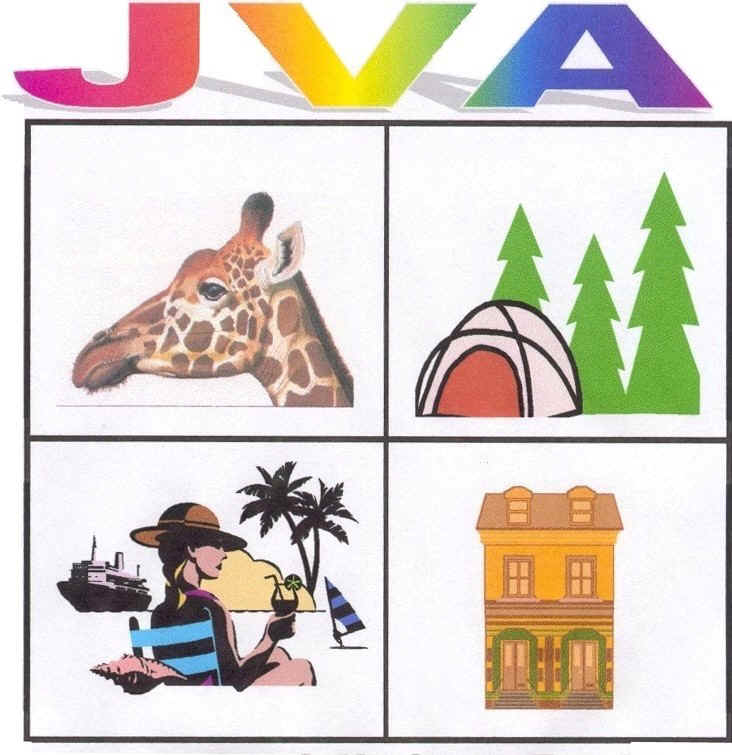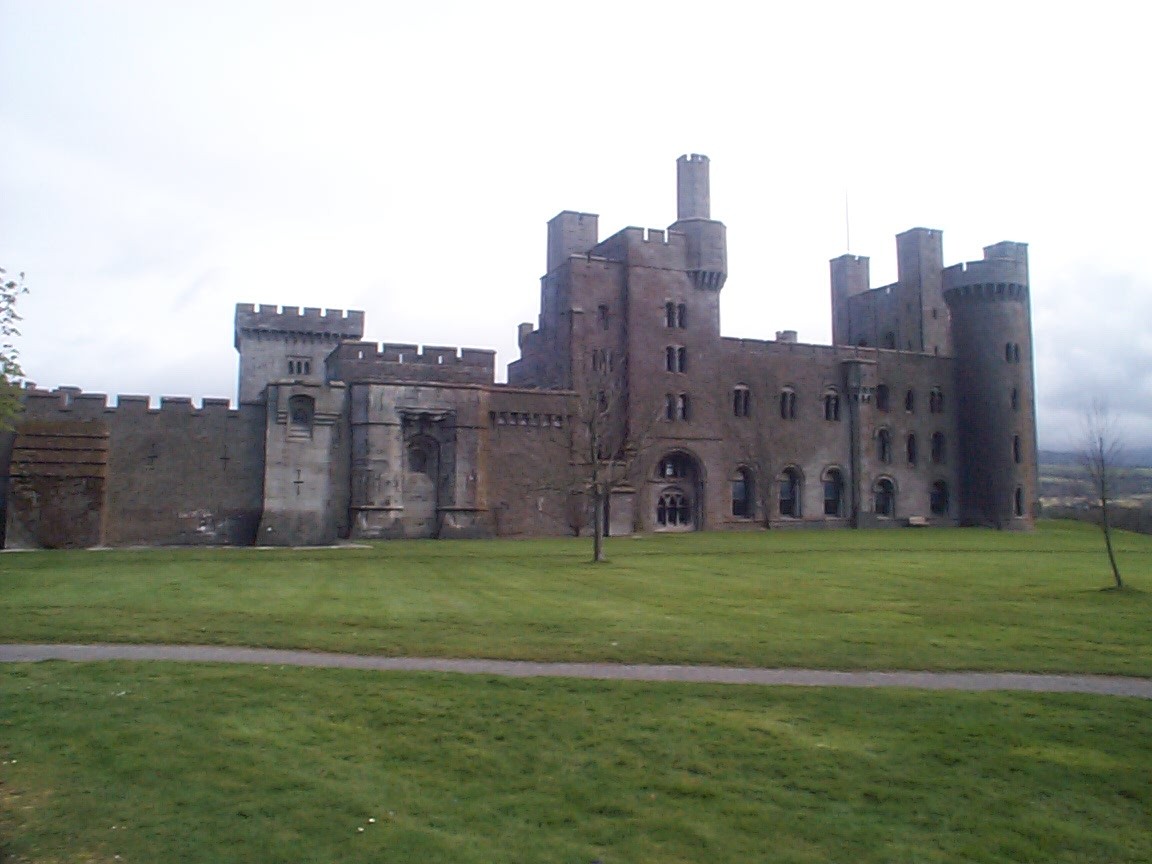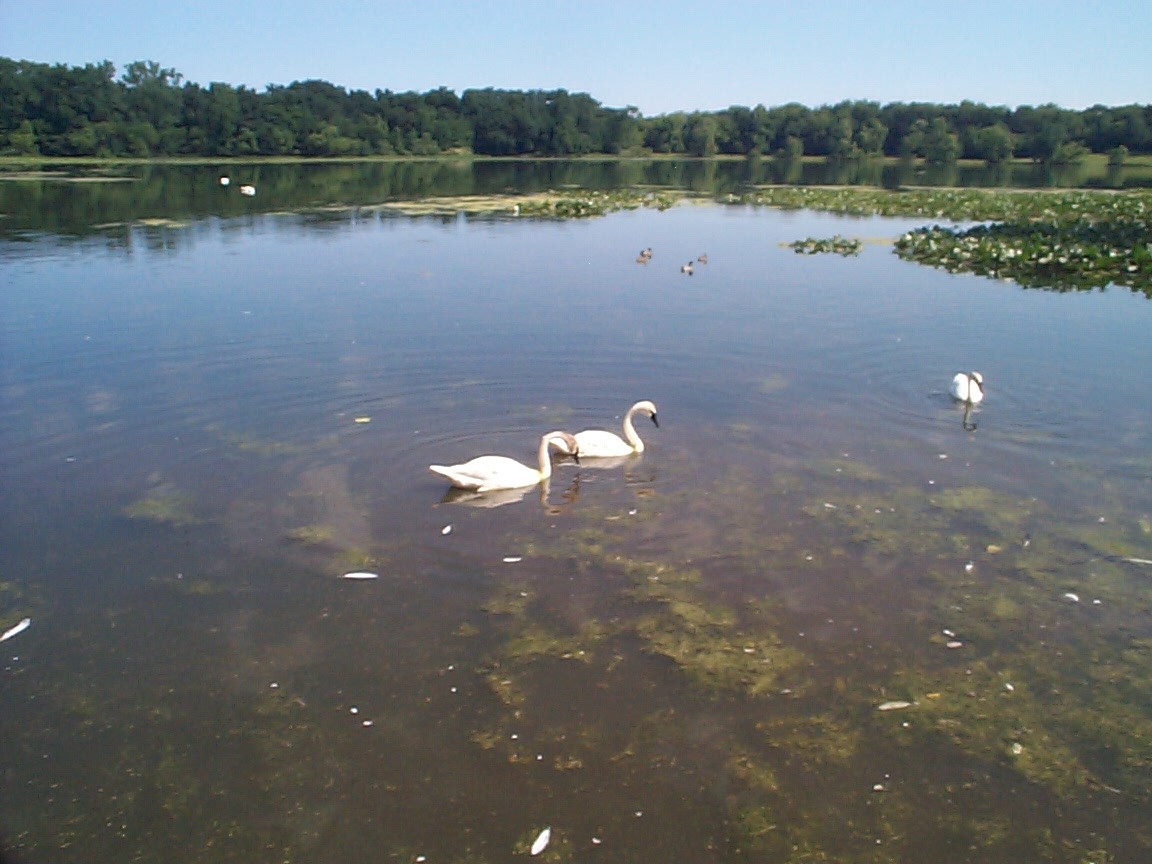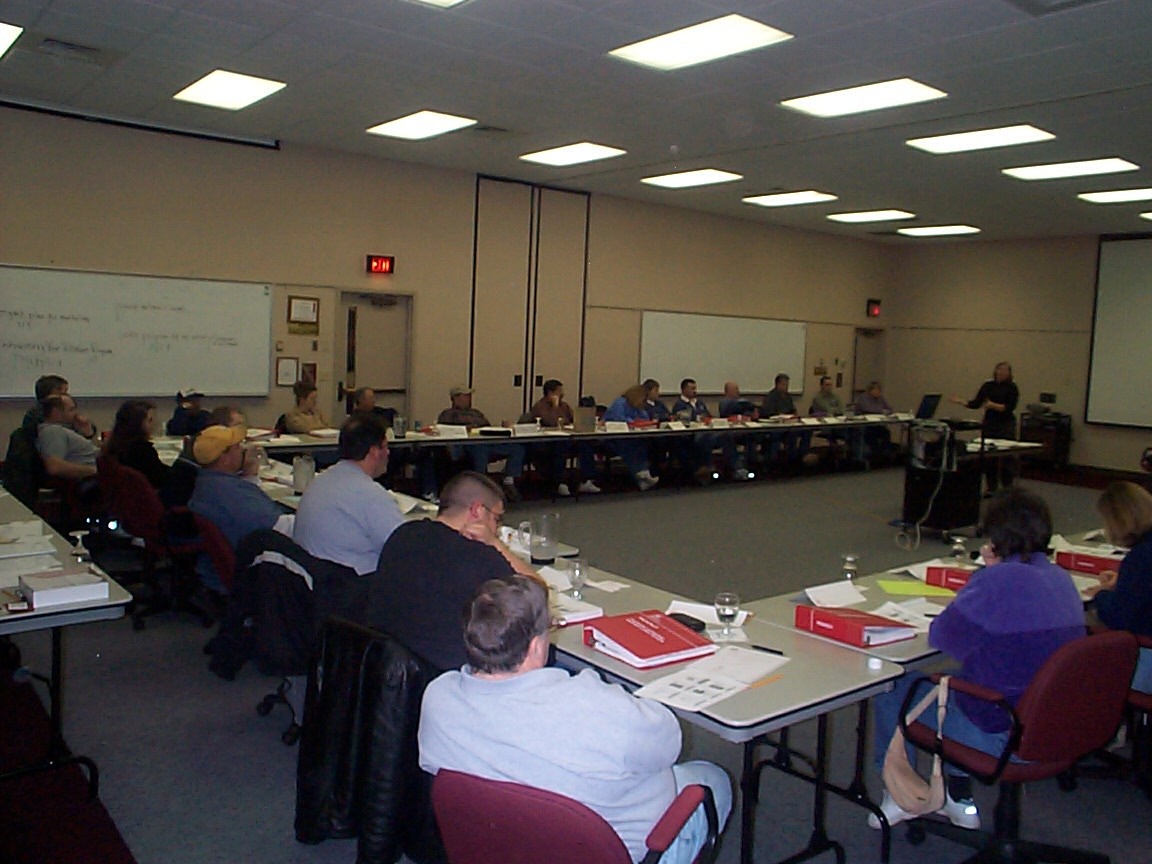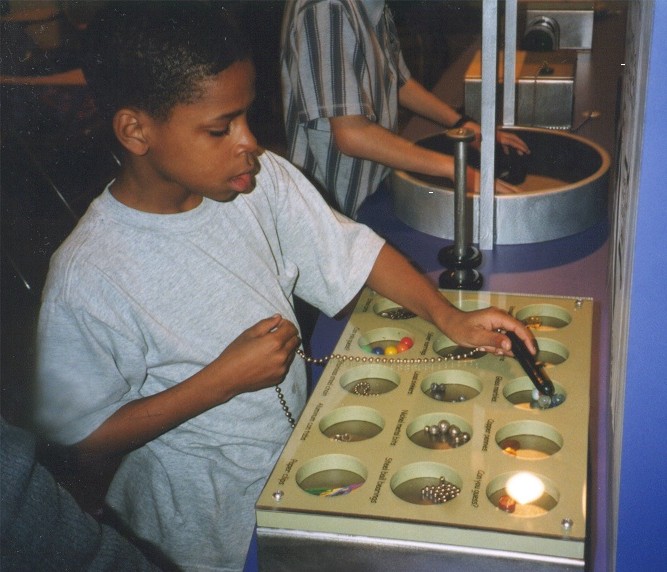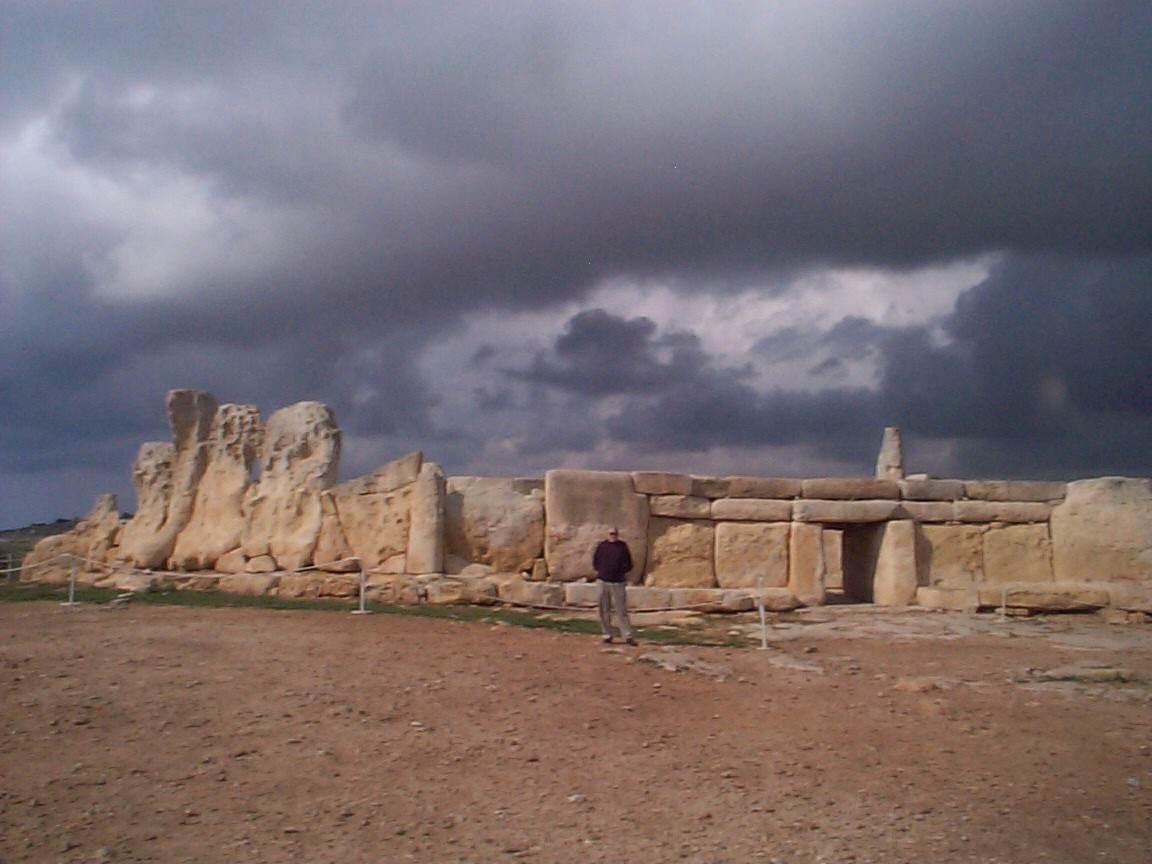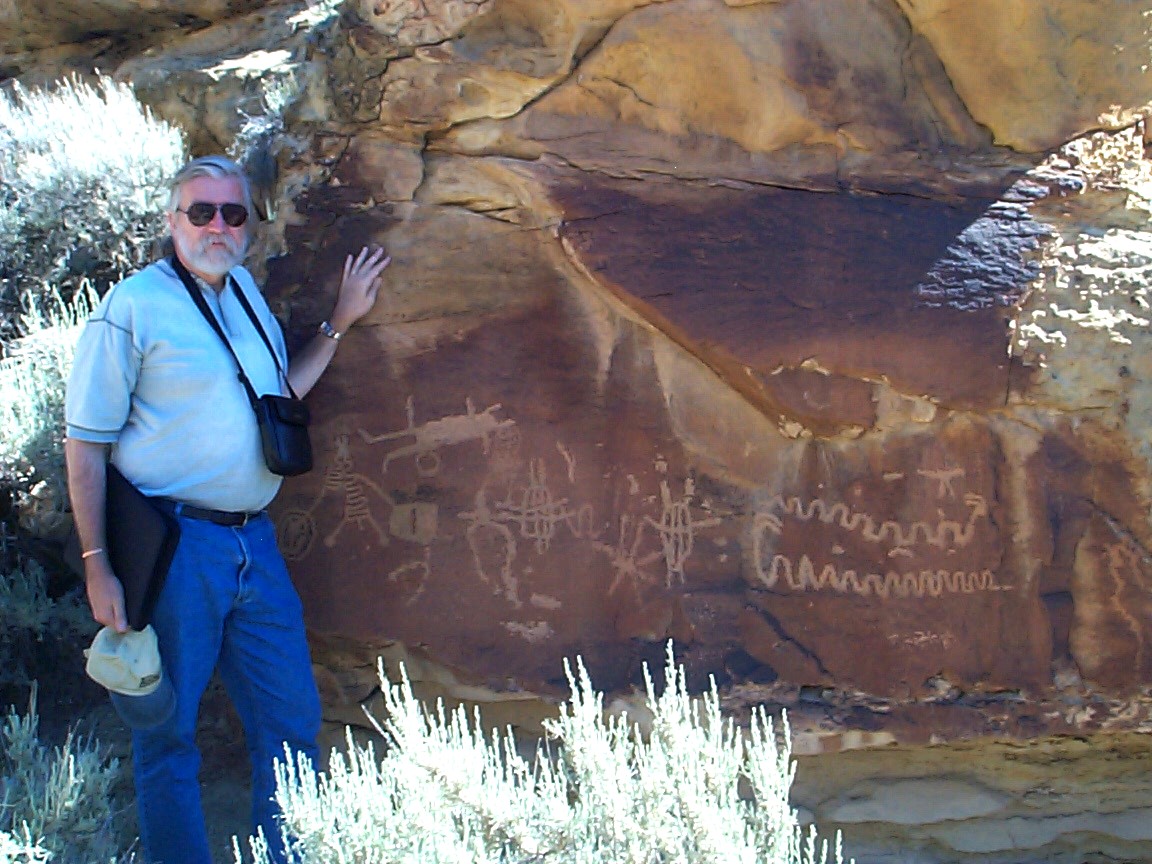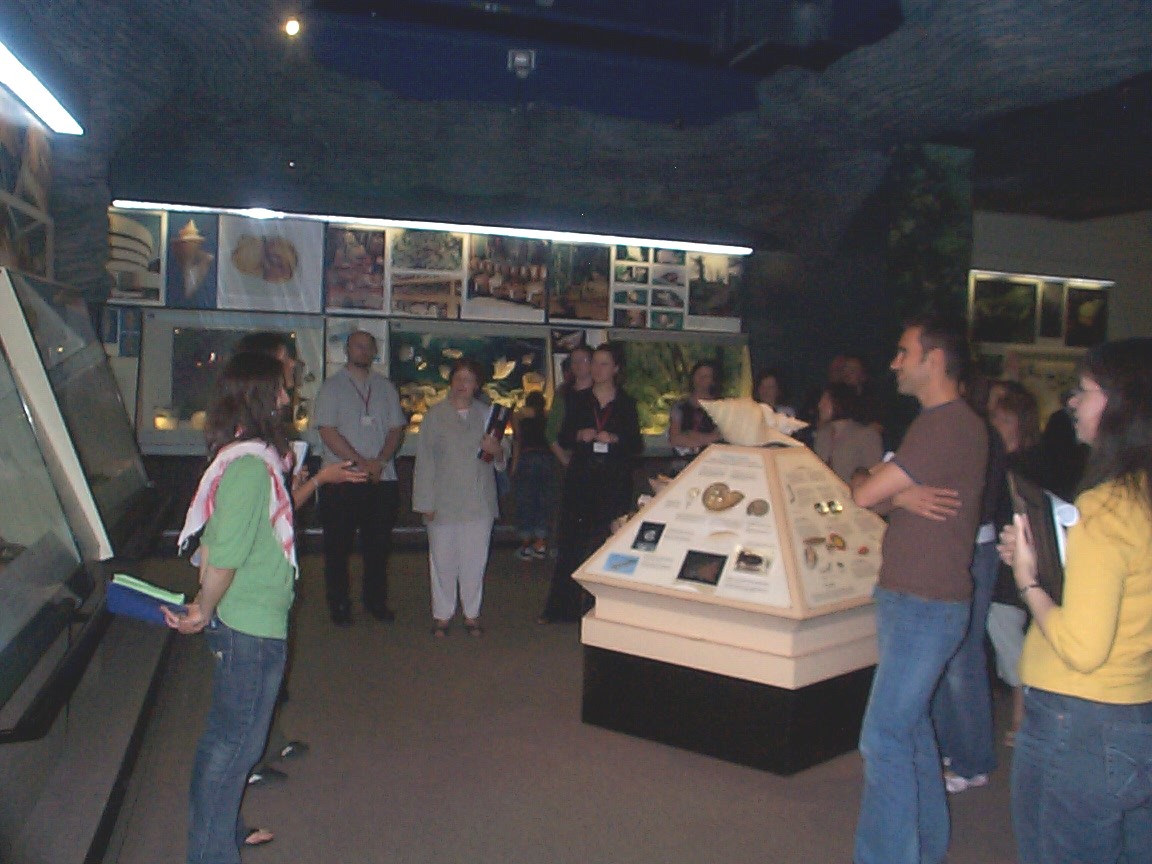|
Exhibit evaluation for
Children’s Exhibits
The Kirby Science Center Experience.
By
John A. Veverka
Why Ask?
Evaluation has long been a part of any interpretive planning strategy, especially for
interpretive center or museum exhibits. When you consider the costs of exhibits to
agencies (estimated at $300 per square foot of exhibit floor space) you would think that
before the exhibits were delivered the agency would want to make sure they
"worked", i.e. accomplished the objectives they were designed for. Unfortunately
this evaluation process rarely happens and many exhibits quietly "fail" to make
any contact with visitors.
I was recently a part of the Derse Exhibits team to plan, design, build and
"evaluate" exhibits for the new Kirby Science Center, in Sioux Falls, South
Dakota. They had three empty floors and wanted top quality science exhibits to fill the
building – a $3,000,000.00 project. Part of the total project the client wanted was a
thorough evaluation of exhibits to make sure that each exhibit accomplished its specific
interpretive objectives. This short article will summarize what and how the evaluation
took place and what I and the team learned from this "wrenching" experience
called evaluation.
What were the exhibits supposed to do?
Before you can evaluate anything you have to first know what it was supposed to
accomplish. Part of the total exhibit plan was an "Interpretive Exhibit" plan.
This consisted of each individual exhibit having – in writing – a specific
concept the exhibit was to present, and specific learning, behavioral and emotional
objectives each exhibit was held accountable to accomplish. We would later evaluate the
mock up exhibits against those stated objectives.
The evaluation strategy.
For this evaluation strategy I developed several different evaluation methods to be
used for the total evaluation. The evaluation would take approximately 4 weeks to do. We
set up draft/mock- up exhibits in the warehouse of Derse Exhibits – evaluating
approximately 15 exhibits each week, representing six different science subject areas. We
then arranged with local schools for teachers to bring in their classes to "test the
exhibits" for us. We would test each set of 15 exhibits over the course of one week.
The evaluation strategies included:
A written pre test and post test. We brought in school busses of children from
different schools to be our "audience" for the evaluation. Before being allowed
to use the exhibits each group took a short written multiple choice and true/false pre
test relating to each exhibits objectives. After the pre test the children could then go
and "use" the exhibits. After spending about 45 minutes with the exhibits they
came back for a written post test. We wanted to see if there was any change in what they
knew about the tested science concepts from before seeing and using the exhibits –
and then after they interacted with the exhibits.

Observational Studies. This part of the evaluation used a trained observer
stationed at each exhibit to simply watch/record what the children did or didn’t do.
This told us a lot about things like "instructions", graphic placements, and
subjects that children did and didn’t have any interest in.

The quick fix – and fix – and fix again.
Essentially our plan was to have two groups of children test the exhibits on Monday of
each of the four weeks. We would then analyze the test results and our observational
results – make any changes to the exhibits on Tuesday – bring in two new groups
of students on Wednesday – make any more corrections on Thursday – do one final
test on Friday – make any final adjustments, and then ship out the completed exhibits
from that weeks testing on to the Science Center over the weekend. We would then repeat
the evaluation process the next week for 15 different exhibits.
What we found out – Oh the pain!
What did we learn from this experience? We learned that if we had not done the testing
the great majority of the exhibits we "adults" planned would have been failures!
Virtually EVERY exhibit we tested had to be "fixed" in some way. Here are a few
examples of some of the things we observed:
 
For example, with this exhibit on "magnetism"(above) you were directed (left
photo -arrow) to move the magnet on the chain UNDER the objects, the magnetic items
would then move. Not one child followed these directions. They only used the magnet from above!
They wanted to see the magnet on the chain interact directly with the item in the exhibit
(right photo). We fixed this by changing the directions and raising items in each
container so magnetic objects would react with the magnet held from above. We found that
children found any written directions to be "invisible". In 98% of the cases the
children did not look at or read "any" directions unless an adult suggested they
do so. If they had to read complex directions to do the activity – they usually left
the activity.
Another interesting example of what and how children think was our "how bats find
food" exhibit (below).

We also were able to test the construction of the exhibits themselves, and some of the
exhibit tools. For example, our "indestructible" microscopes (photo below)
didn’t last a week!

What we learned.
This month long evaluation process taught us all a lot, the most important of which was
that if we hadn't done the evaluation we would have built exhibits using adult ideas of
how children learn that children would NOT have learned from.
Some key points:
From the pre-post tests, we found that there were some subjects students already had
good concept level understanding of – pre tested at a 80% correct response or higher
on the written test; and some areas they had a very poor understanding of – with
correct responses on the pre test of 50% or less. We did find that when comparing the pre
test and post test results, there were often increases in correct answers on the post
tests, depending of the individual exhibits. So the exhibits were generally working –
but the initial post test improvements were generally very weak, may be only 5-15%
improvements on post tests at the start of the week (Monday testing). But by Friday, after
the exhibits had gone through many changes in design, instructions presentation, and
concept presentation, we were at an average of 80% comprehension or better on post testing
for most exhibits. By doing this formative evaluation through out the week of
testing, we were ending up with "very good to excellent" exhibits as far as
having their educational objectives accomplished at a 70% level or higher (our goal).
We found that EVERY exhibit we evaluated over the 4 week period (about 60 exhibits) had
to have some "improvements". Some exhibits just needed a little fix – such
as the addition of a label that said "push the button" (otherwise the button to
start the activity would not be pushed), to some exhibits needing a major re-design.
We found that children did not even look at, let alone read any "written"
instructions. But we did have success in redesigning instructions in cartoon or
"comic book" formats – more visual presentation instructions. The
instructions themselves had to look fun or interesting. For many of these exhibits
to be used most efficiently would require a docent, science educator or teacher to help
facilitate and direct the learning activity. But the exhibits did work effectively on
their own after evaluation driven re-designs. When our researchers facilitated the
learning – explaining directions, etc. the exhibits worked wonderfully.
The design team and the client all learned that the ONLY way you will know for sure if
you have a "successful" exhibit – not just a pretty exhibit – is to
evaluate it with your intended target market group. The visitors will tell you if your
exhibit is successful in communicating with them or not – if you ask them!
Summary
This short article only begins to touch on some of the many complex educational issues
and design challenges we encountered by doing this evaluation. My goal was to provide an
introduction as to why evaluate, and how the process helped us to finally design and build
exhibits that were really educationally successful. We believe that based on all that we
learned about exhibit users for this museum, that evaluation for any exhibit project is
not an option but a requirement for true exhibit success.
References
Veverka, John A 1998 Kirby Science Center Exhibit Evaluation Report. Unpublished
report for the Kirby Science Center, Sioux Falls, South Dakota.
Veverka, John A. 1994 Interpretive Master Planning. Acorn Naturalists, Tustin,
CA.
Veverka, John A. 1999. "Where is the Interpretation in Interpretive
Exhibits". Unpublished paper available on line at: www.heritageinterp.com (in our
LIBRARY).
John Veverka
John Veverka & Associates
www.heritageinterp.com
jvainterp@aol.com
| 